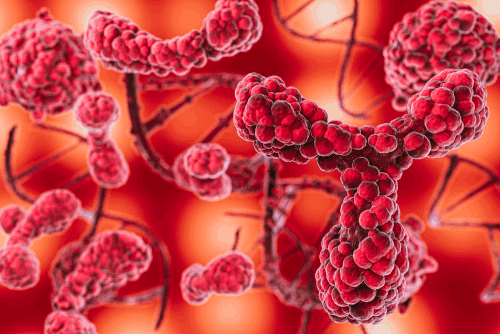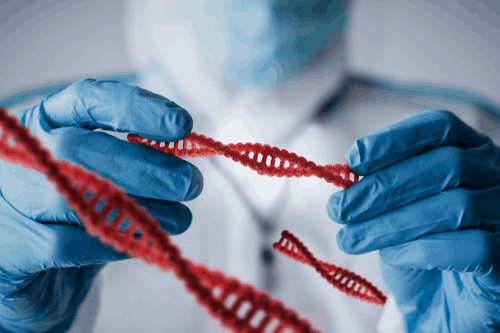News
10
Jul
Exercise and Physical Activity for Cancer Patients

Receiving a cancer diagnosis can be an overwhelming experience that significantly impacts both physical and emotional well-being. While medical treatments such as chemotherapy, radiation, and surgery are essential for fighting cancer, incorporating regular exercise and physical activity into the daily routine can bring a myriad of benefits to cancer patients. In this article, we will explore the advantages of exercise during and after cancer treatment, along with practical tips for incorporating physical activity into daily routines.
Benefits of Exercise during Cancer Treatment:
-
Improved Physical Function: Regular exercise can help cancer patients maintain or improve their physical function, including strength, endurance, and flexibility. It can also alleviate common treatment-related side effects such as fatigue, muscle weakness, and joint stiffness.
-
Enhanced Quality of Life: Engaging in physical activity can contribute to an overall improved quality of life by boosting mood, reducing anxiety and depression, and enhancing self-esteem. Exercise has been shown to promote a sense of control and empowerment, which is crucial for cancer patients facing numerous challenges.
-
Reduced Treatment Side Effects: Exercise has the potential to minimize the side effects of cancer treatments, such as nausea, pain, neuropathy, and lymphedema. It can also counteract the adverse effects of certain medications and help patients recover faster after surgery.
-
Improved Immune Function: Physical activity has been linked to a strengthened immune system, which is essential for cancer patients undergoing treatment. Regular exercise can enhance the immune response, potentially reducing the risk of infections and improving recovery outcomes.
Benefits of Exercise after Cancer Treatment:
-
Enhanced Physical and Functional Recovery: After completing cancer treatment, exercise can aid in restoring physical function, rebuilding strength, and improving overall fitness levels. It helps individuals regain energy and vitality while promoting healthy weight management.
-
Reduced Risk of Cancer Recurrence: Studies suggest that regular exercise after cancer treatment may lower the risk of cancer recurrence and improve long-term survival rates. Physical activity plays a role in reducing inflammation, balancing hormone levels, and enhancing immune function, all of which contribute to reducing the risk of cancer recurrence.
-
Improved Emotional Well-being: Exercise has a positive impact on mental health, and this is particularly important for cancer survivors who may experience anxiety, depression, or fear of recurrence. Engaging in physical activity can reduce stress, boost mood, and increase self-confidence, fostering a sense of empowerment and control over one's health.
Incorporating Exercise into Daily Routines:
-
Consult with Healthcare Professionals: Before starting any exercise program, it is crucial to consult with healthcare professionals or oncologists who can provide personalized advice based on your specific cancer type, treatment history, and current health status.
-
Start Slow and Gradually Increase Intensity: Begin with low-impact activities such as walking, stretching, or gentle yoga. As you build stamina and strength, gradually increase the intensity and duration of your workouts.
-
Find Activities You Enjoy: Engaging in physical activities that you enjoy will make it easier to stick with an exercise routine. Whether it's dancing, swimming, cycling, or gardening, find activities that bring you joy and incorporate them into your daily routine.
-
Set Realistic Goals: Set achievable goals that align with your current fitness level and energy levels. Start with short sessions and gradually increase the duration and intensity over time.
-
Stay Consistent: Consistency is key when it comes to reaping the benefits of exercise. Aim for at least 150 minutes of moderate-intensity aerobic activity per week, along with strength-training exercises at least twice a week.
-
Listen to Your Body: Pay attention to how your body responds to exercise and adjust accordingly. Rest when needed, and don't push yourself beyond your limits.
Conclusion
Incorporating exercise and physical activity into the daily routine of cancer patients can bring about numerous benefits, both during and after treatment. From improving physical function and reducing treatment side effects to enhancing emotional well-being and reducing the risk of recurrence, exercise plays a vital role in the overall well-being of cancer patients. By consulting with healthcare professionals, starting slowly, finding enjoyable activities, and setting realistic goals, individuals can incorporate exercise into their daily routines and experience the transformative effects it can have on their health and recovery journey.
Featured News

Uniting Against Cancer: How Cancer Communities Empower Patients and Families
we will explore the importance of cancer communities, how they empower patients and families, the support and resources they offer, and their role in promoting cancer awareness.
see more


Are there any emerging biomarkers that show promise for early disease detection or personalized medicine?
see more

